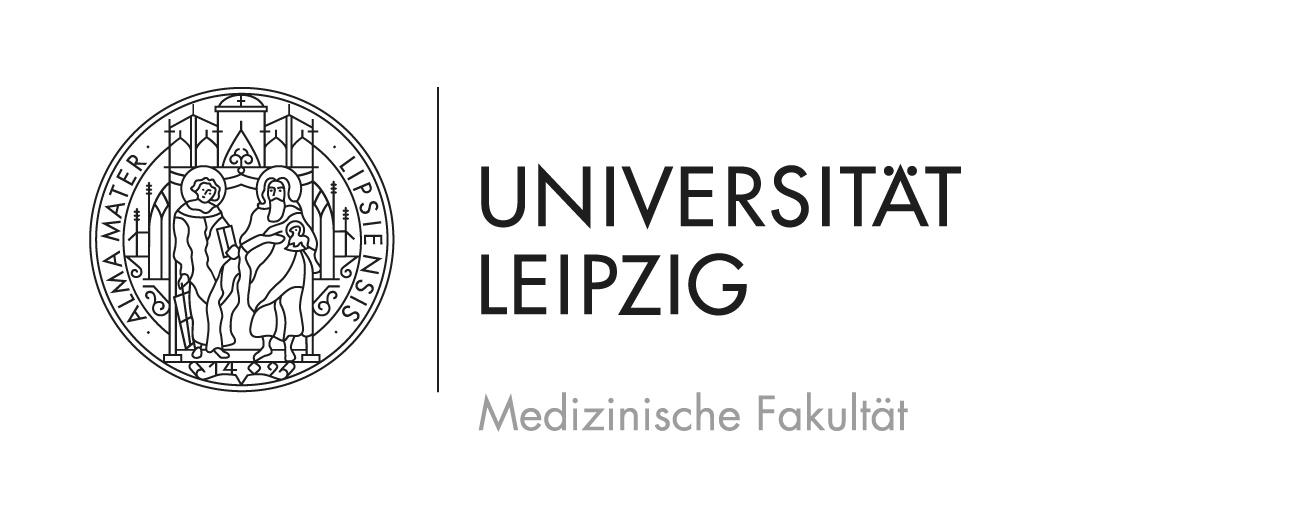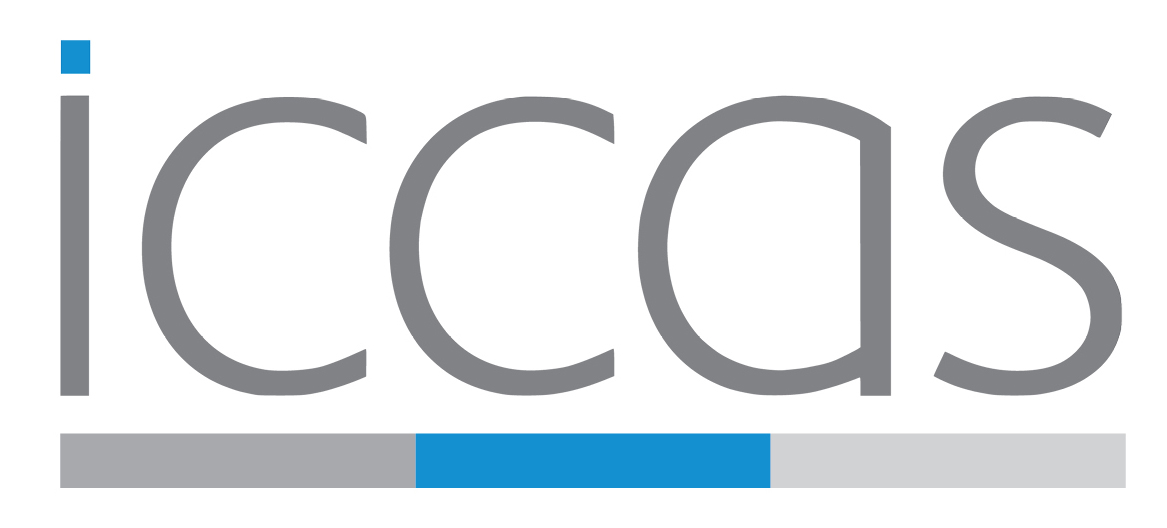

The major goal in dental treatment is oral health and maintenance of tooth structures. Therefor a modern caries management (prophylaxes) is necessary including all procedures to prevent new carious lesions (defects). Equally important is the detection and assessment of early carious lesions and monitoring of direct and indirect restorations (tooth-restoration bond). The noninvasive imaging OCT is a suitable approach for the representation of hard dental structures up to a depth of 2.5 mm. Former studies demonstrated that the detection of carious lesions and the assessment of tooth-composite bond are promising application areas of OCT in tooth preservation.
Publications
Schneider H, Park KJ, Häfer M, Rüger C, Schmalz G, Krause F, Schmidt J, Ziebolz D and Haak R. Dental Applications of Optical Coherence Tomography (OCT) in Cariology. Appl. Sci. 2017; 7(5): 472-493
Park KJ, Schneider H, Haak R. Assessment of interfacial defects at composite restorations by swept source optical coherence tomography. J Biomed Opt. 2013; 18(7):076018
Park KJ, Schneider H, Haak R. Assessment of defects at tooth/self-adhering flowable composite interface using swept-source optical coherence tomography (SS-OCT). Dent Mater. 2015; 31(5):534-41
Häfer M, Jentsch H, Haak R, Schneider H. A three-year clinical evaluation of a one-step self-etch and a two-step etch-and-rinse adhesive in non-carious cervical lesions. J Dent. 2015; 43(3):350-61
Schneider H, Krause F, Ziebolz D, Haak R. Optische Kohärenztomographie in der Kariesdiagnostik und Restaurationsbeurteilung. Quintessenz 2016; 67(7): 869-879
Schneider H, Park KJ, Rueger C, Ziebolz D, Krause F, Haak R. Imaging resin infiltration into non-cavitated carious lesions by optical coherence tomography. J Dent. 2017; 60:94-98
Park KJ, Haak R, Ziebolz D, Krause F, Schneider H. OCT assessment of non-cavitated occlusal carious lesions by variation of incidence angle of probe light and refractive index matching. J Dent. 2017; 62:31-35

Um dir ein optimales Erlebnis zu bieten, verwenden wir Technologien wie Cookies, um Geräteinformationen zu speichern und/oder darauf zuzugreifen. Wenn du diesen Technologien zustimmst, können wir Daten wie das Surfverhalten oder eindeutige IDs auf dieser Website verarbeiten. Wenn du deine Zustimmung nicht erteilst oder zurückziehst, können bestimmte Merkmale und Funktionen beeinträchtigt werden.